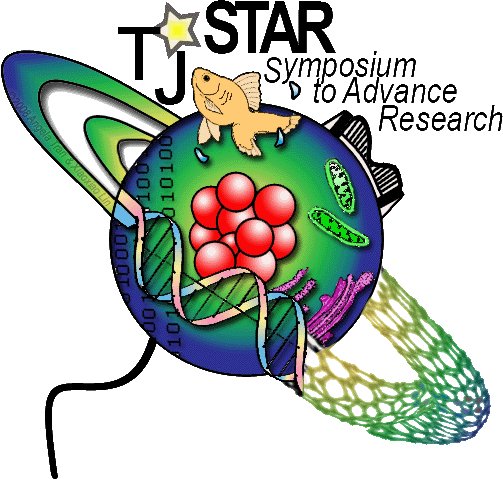What you found out about this testing/analysis:
Also for full credit - you need to stay focused and attentive to your project during class. You need to be on time, don't bring food in to eat, and remain non-distracting to a good study environment. You cannot leave the class without a pass or without permission, and you must return in a timely fashion.
Example data structures and algorithm topics to investigate:
- Array - identify as 1D, 2D, 3D array; how many data elements are stored - needs to demonstrate effects of scalability on processing time; O(n)
- List, Dictionary/Hashtable - key/value pairs; what processing is done on the elements of the list; how are list items accessed; demonstrate significant amounts of data for scalability and processing time. O(n)
- Tree/graph structures - how are elements added to/deleted from the tree/graph; O(n); effects of scalability on processing time
- Parallel techniques, multiple processes concurrent, threads; effects of scalability of data elements on processing time, O(n)
- Vision processing - techniques used, edge detection algorithms, Hough transform, finding perpendiculars to the edge; locating objects and centers of objects (algorithmically, not visually)
- Computer graphics - 3D transforms, lighting effects and shading algorithms (Gouraud, Phong), interpolation, wireframe models, texture mapping, ray tracing
- Physics engines - simulating mass, velocity, friction, wind resistance, and variations of conditions; collision detections - separating plane and better methods than separating plane; simulation of objects moving in 3D; models used - particle, inertial; comparison with physical models that already exist.
- Agent based simulations - study, collect statistical data and analyze for
trends; analyze micro/macro behaviors of the model; analyze predictive qualities of the
model; analyze accuracies of the model; studies include human social phenomena - trade, migration,
group formation, combat, transmission of disease, transmission of culture; study game theory, complex systems,
emergence of higher order patterns, , evolutionary programming - evolving systems
- Relational databases - related records linked together with a "key", creation of consistent, logical
representation of non-trivial information; scalability to large sets of data.
- Education - collection of data from student use, evaluation and analysis; what theory/research is being tested, proposed, investigated; how are standards of learning being evaluated; specific lessons, evaluations (such as quizzes), performance rubrics; how are materials adjusted for specific age groups; recording of data and analysis of data in relation to your research question
- Data mining - extracting information from data, how much data, scalability for large quantities of data, effect on processing time; verification and validation of patterns on other samples of data; Bayes theorem, regression analysis, clustering, decision trees; KDD (Knowledge Discovery in Databases); spatial data mining and GPS

